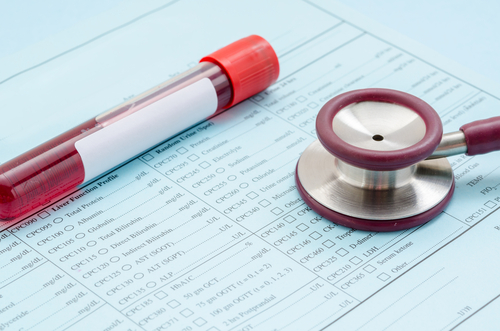BST-2 Levels in Salivary Glands Correlate with Markers of Disease Activity in Sjögren’s Patients, Study Finds

Levels of BST-2 — a molecule involved in fighting virus infections — in salivary glands correlate with disease activity in patients with primary Sjögren’s syndrome, and may serve as a biomarker for diagnosing the condition, a study suggests.
The study, “Aberrant expression of the innate restriction factor bone marrow stromal antigen-2 in primary Sjögren’s syndrome,” was published in the Journal of Cranio-Maxillo-Facial Surgery.
Sjögren’s syndrome is an autoimmune disease characterized by the infiltration of immune cells into certain glands, including those that produce tears or saliva. As a consequence, glands become damaged and patients often experience dry eyes and mouth.
The mechanisms leading to Sjögren’s are not yet fully recognized, but scientists point to viral infections as a trigger for the condition in people with a genetic susceptibility.
BST-2 is a molecule of the immune system that plays a key role in fighting viruses by preventing new viral particles from exiting infected cells. But studies also point to BST-2 as a potential player in autoimmune diseases, including systemic lupus erythematosus and multiple sclerosis.
The role of BST-2 in Sjögren’s syndrome, however, has not been addressed. To that end, researchers in Shanghai, China, examined levels of BST-2 in the labial glands — minor salivary glands in the lips — and in immune cells from primary Sjögren’s syndrome patients.
The study included 30 women (ages 27-76) who fulfilled the American-European Consensus Group Criteria for primary Sjögren’s syndrome, and 30 healthy women (ages 24-70) who served as controls.
Patients with the condition showed higher levels of BST-2 in their salivary glands, and more BST-2-positive cells infiltrating these glands, compared with controls.
Also, B-cells and monocytes — cells of the innate immune system — from Sjögren’s patients produced more of this protein than B-cells and monocytes from control subjects. However, both groups had similar BST-2 levels in their T-cells — immune cells that eliminate threats.
“BST-2 maintains the adhesion of monocytes to [blood vessels] and may serve to amplify the immune response, which may explain the increased BST-2 expression in monocytes” of Sjögren’s syndrome patients, researchers said.
Investigators discovered that patients with higher BST-2 levels in their salivary glands had increased blood levels of rheumatoid factor and β2-microglobulin — markers of disease activity. These patients also had enlarged parotid glands — major salivary glands behind the jaw — a common manifestation of the condition.
The presence of antibodies against DNA and nuclear proteins, particularly anti-Ro and anti-La antibodies, is a hallmark of Sjögren’s syndrome. Researchers found that levels of BST-2 were higher in patients with anti-Ro antibodies, compared to those without these autoantibodies.
Together, the findings suggest that “BST-2 is related to disease activity and may be a biomarker for diagnosis,” the researchers said. “Further studies are needed to investigate the mechanisms of BST-2 on [primary Sjögren’s syndrome] development and progression.”






